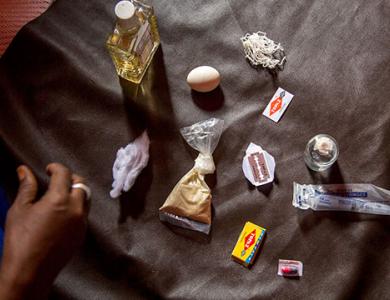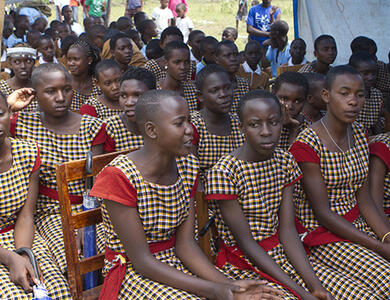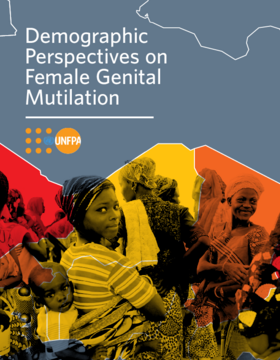
Top 5 things you didn’t know about female genital mutilation
Despite being internationally recognized as a human rights violation, some 200 million girls and women alive today have undergone FGM. Here's what you need to know.

Ramping up cervical cancer prevention efforts in the Republic of Moldova
Cervical cancer is extremely deadly – and common. Yet a vast majority of these deaths could be prevented with simple screening and vaccination efforts.

For girls escaping FGM in rural Tanzania, crowdsourced maps show the way to safety
Volunteers around the world pitch in to help protect girls at risk – linking grassroots and global action, and generating data that strengthens the push to end FGM.

Manual on Social Norms and Change (2016)
This manual is meant for training programme managers to promote the abandonment of female genital mutilation/cutting (FGM/C). It has been designed under a joint programme of the United Nations Population Fund and the United Nations Children’s Fund. The Joint Programme applies an innovative approach to FGM/C abandonment, using a social norms perspective to guide the selection of an appropriate mix of strategies and activities most conducive to self-sustained social change.

Demographic Perspectives on Female Genital Mutilation
Female genital mutilation (FGM) is the practice of partially or totally removing the external genital organs for non-medical reasons. It violates the human rights of girls and women, and causes serious and, in some cases, life-threatening health complications.